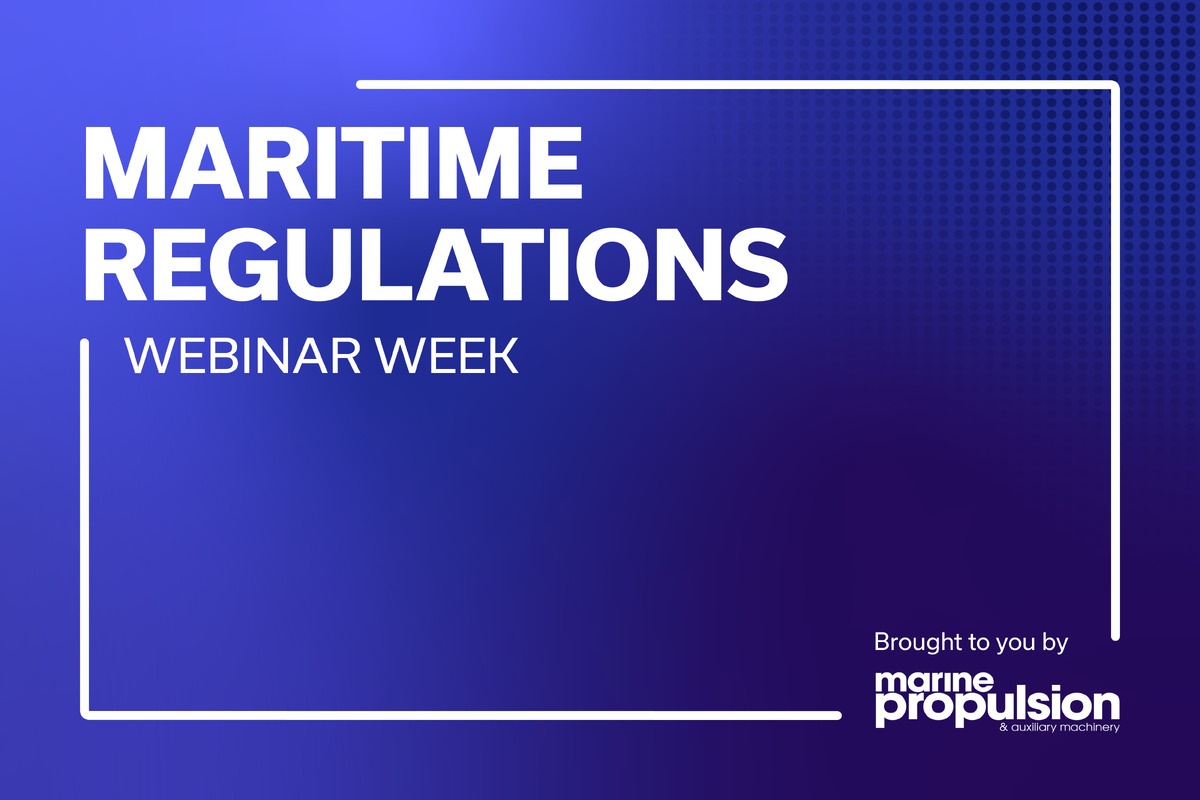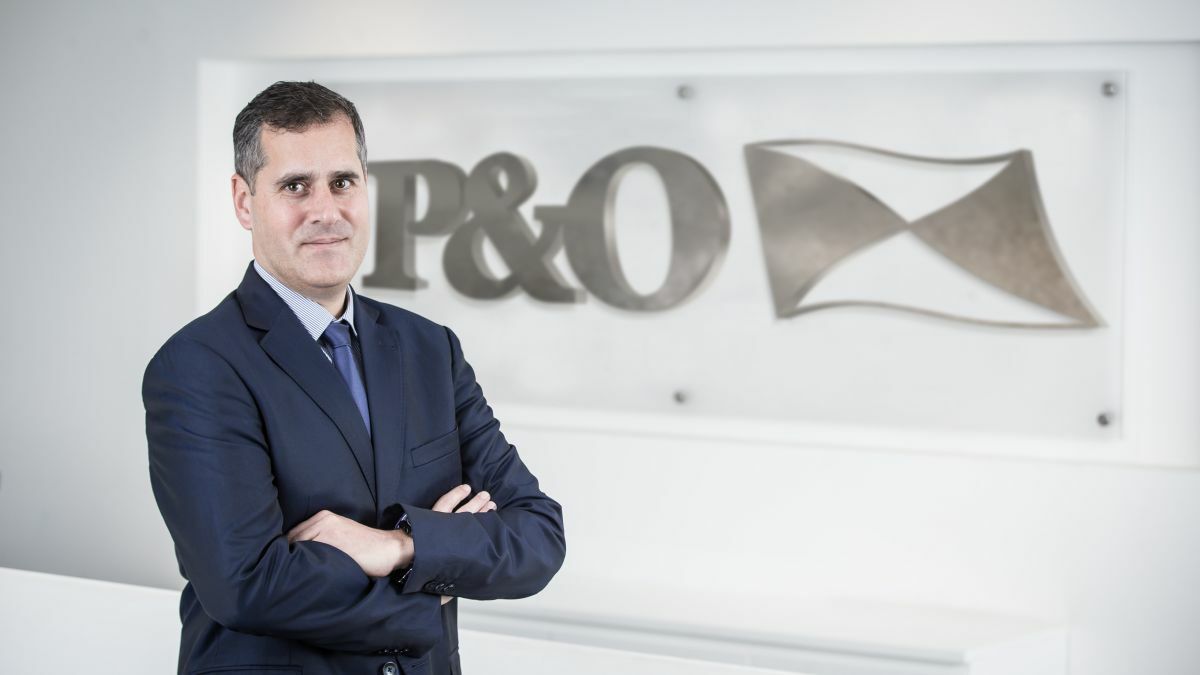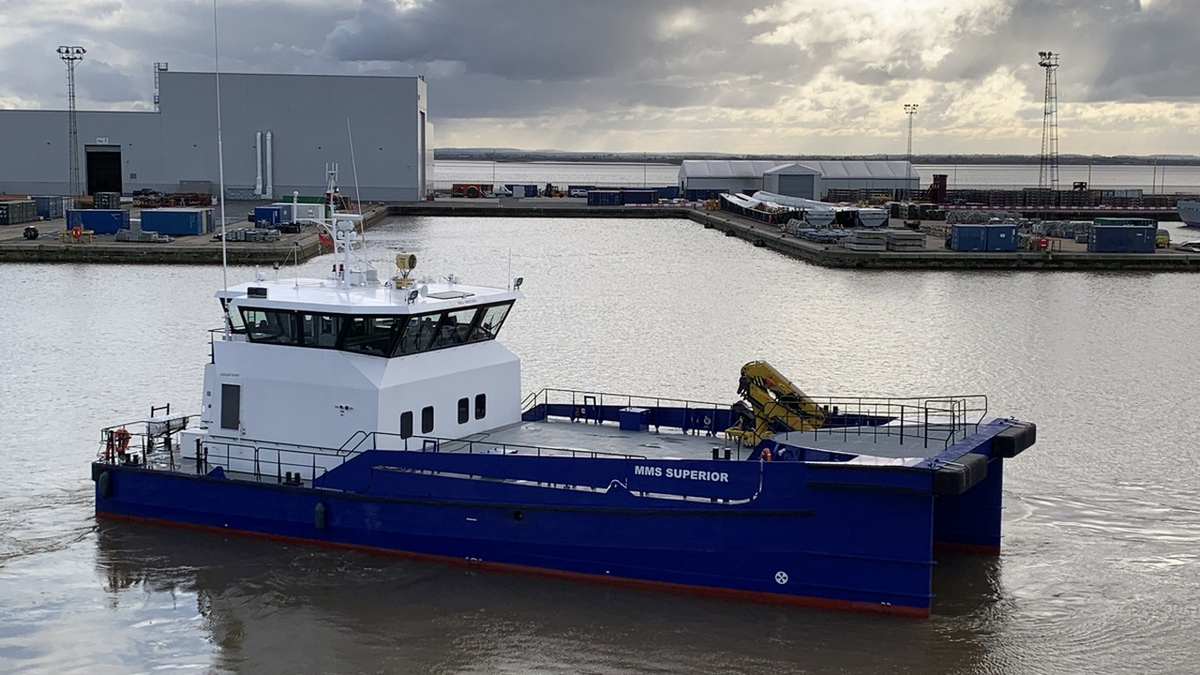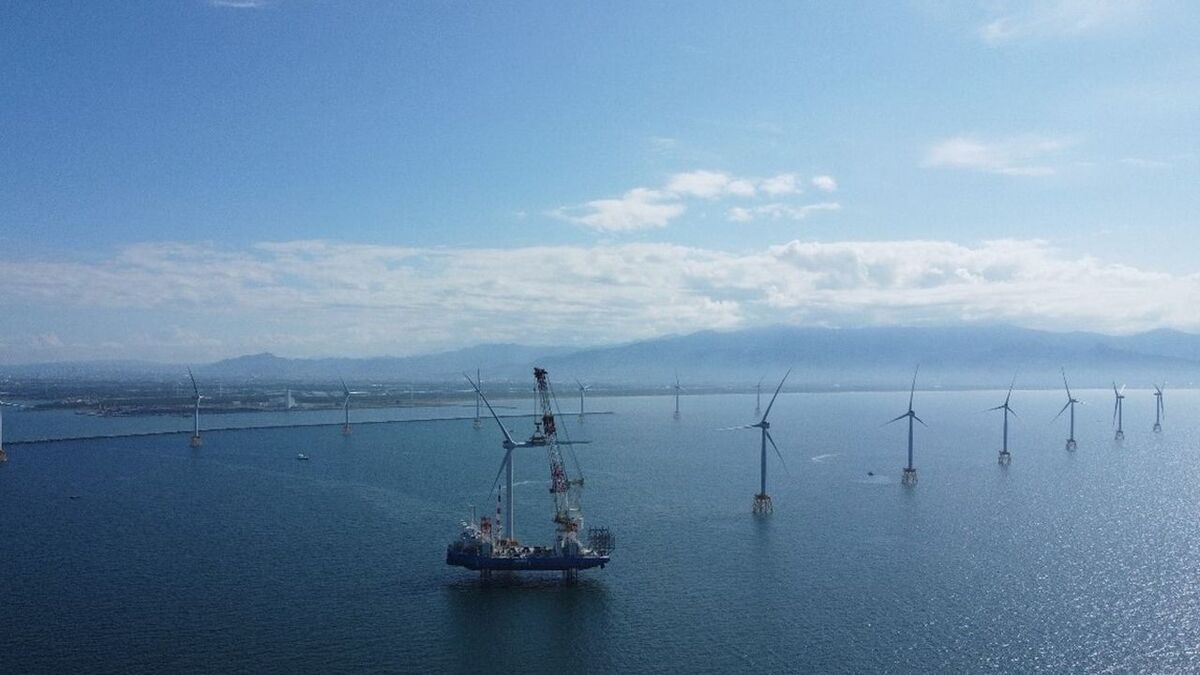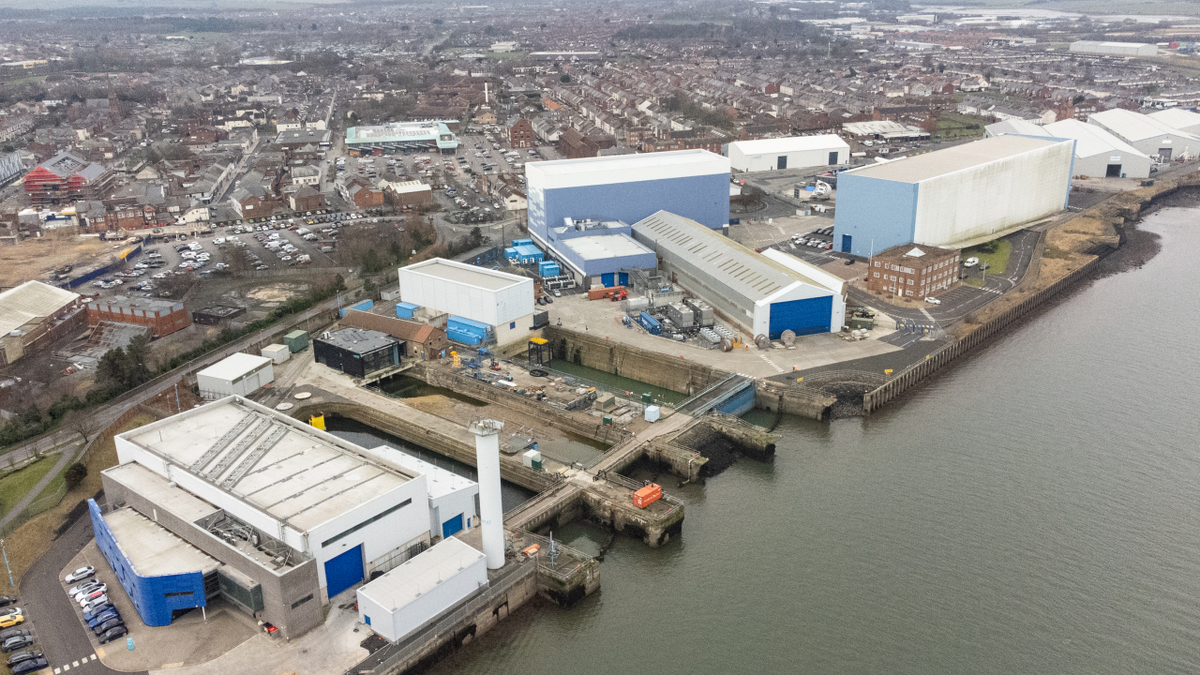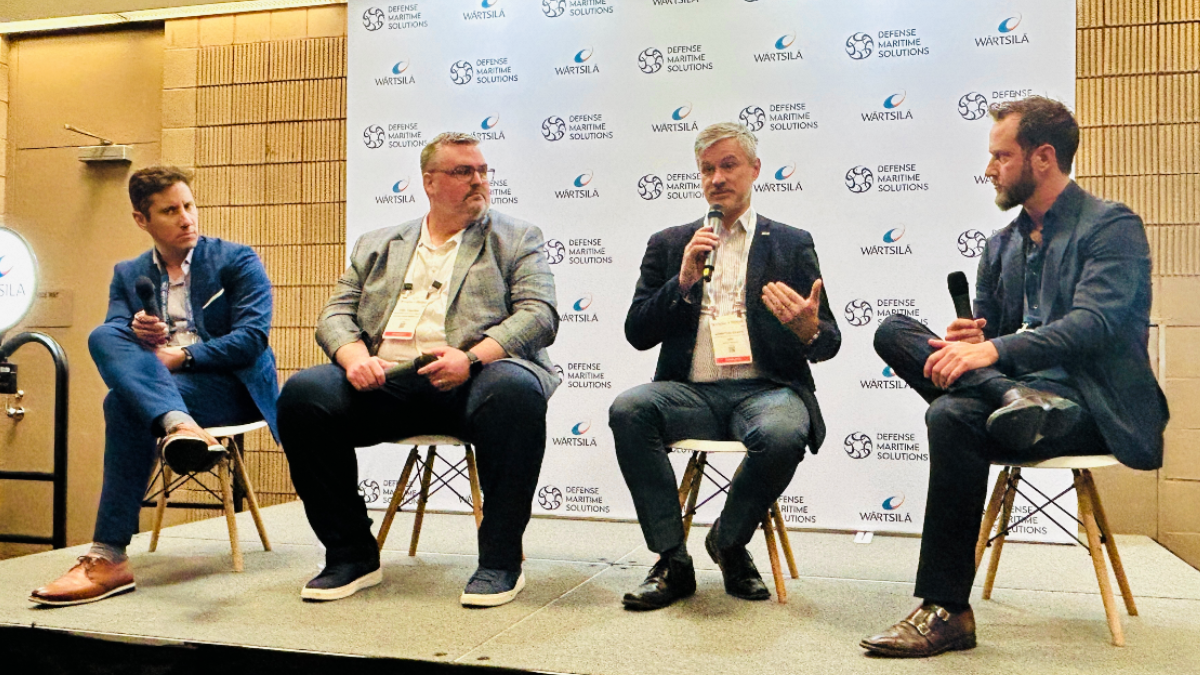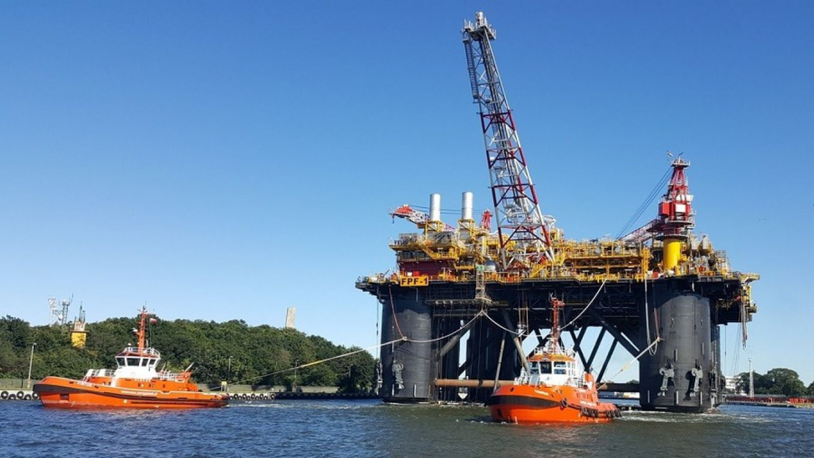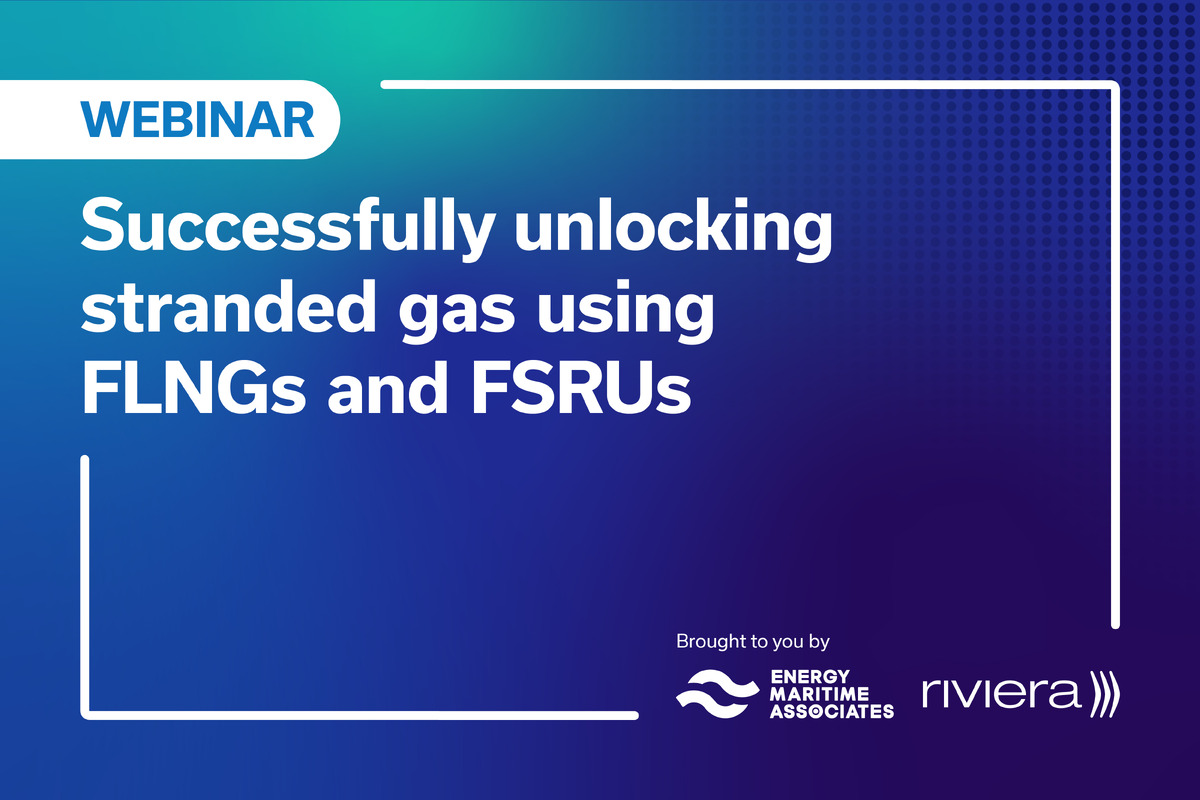Business Sectors
Events
Contents
Owner commits to VSAT and 5G connectivity
Impressed by the potential of different satellite and cellular networks, P&O Maritime Logistics is investing in the latest onboard broadband services
P&O Maritime Logistics is investing in communications technology to enable its vessels to use higher bandwidth from VSAT and local mobile networks for real-time data transmissions and video conferencing, among other services.
The systems will allow its fleet to connect to the fastest networks, whether geostationary, medium-Earth or low-Earth orbit (LEO) satellites, or long-term evolution (LTE), 4G and 5G mobile networks.
Vessel connectivity already supports condition-based maintenance, monitoring lubricant oil and testing digitalisation of class services. P&O Maritime Logistics head of IT Kris Vedat expects more applications to come online, given the leaps in bandwidth from future communications services.
“It is essential to be closer to our clients”
He discussed rising bandwidth trends during Riviera Maritime Media’s The future of offshore vessel connectivity is here webinar, on 20 July, part of the Communications Webinar Week.
“Technology needs to evolve and we will need to keep up with demand as bandwidth increases,” Mr Vedat said. “Maritime is too slowly embracing new technologies of high-throughput satellites (HTS) and 5G.”
Some vessel owners have deployed very-small aperture terminals (VSAT) for HTS communications over spot beams of Ku-band or Ka-band. Some have also installed equipment for using coastal and offshore LTE and 4G mobile phone networks, and in local areas, 5G.
“Suppliers of VSAT services will need to innovate in order to keep up with demand,” said Mr Vedat. “Current VSAT technology has limited bandwidth, which will not be fit for purpose in the future. VSAT and 5G will need to work together in hybrid solutions on board to cope with demand.”
He sees three drivers for increasing onboard bandwidth: crew welfare; data monitoring; and client services. “These days, seafarers cannot be disconnected,” he said. “It is no longer acceptable for crew not to use social media and applications, such as video and entertainment. We need to ensure we have these available for when they are on their downtime.”
Vessel charterers also need their own bandwidth pipe on board, which can be provided through the ship’s own VSAT, or through a dedicated terminal.
“5G capability will forever change our strategies for communications, data collection, and analysis”
“Clients have great expectations for transparency and for tracking vessels and cargo in real time. It is essential to be closer to our clients,” said Mr Vedat. “Client demand will increase and they will need their own bandwidth. But we do not have space for multiple domes on our vessels. So, we need one platform used by more people.”
This could involve one VSAT antenna with segregated bandwidth pipes for clients, crew and vessel operations.

5G potential
P&O Maritime Logistics operations director Paul Jarkiewicz believes vessel operators will see significant benefits from 5G. “Broadband at sea will become a game-changer,” he said during Riviera’s 5G’s impact on maritime operations webinar, held on 23 July. OSV operators are already investing in devices for connecting to 4G/LTE networks, which are available in ports, coastal waters, across the North Sea and Gulf of Mexico.
“What VSAT, 4G and LTE bring to the table for us, is the ability to communicate effectively, and to transmit data faster,” Mr Jarkiewicz said. “Our ships are branch offices of our businesses.”
P&O Maritime Logistics has invested in connectivity and tools, including data analytics and timely business information, to enable its seafarers to make more effective decisions on vessels that have ever-increasingly complex systems.
“These systems provide us with an enormous amount of data that needs to be sifted through and analysed,” said Mr Jarkiewicz. “This enables us to be proactive in how we schedule interventions, and we start to learn insights about the equipment we own.”
Future connectivity will likely change OSV operations even further. “5G opens doors and opportunities that we do not yet comprehend,” said Mr Jarkiewicz. By including LEO satellites, more opportunities arise for remote operations, diagnostics, collision avoidance, vessel planning and client demand management.
“Then we start to work in almost real time, across the globe, across all time-zones,” said Mr Jarkiewicz. “With increased throughput and decreased latency, 5G will enable data transfers from IoT sensors to happen much, much faster.”
“Our ships are branch offices of our businesses”
P&O Maritime Logistics would use this data to better monitor lube oil, engine condition, and vibration data. It already does this over 4G/LTE in ports under a collaboration with Baker Hughes on the VitalyX monitoring system.
“5G capability on the back of LEO satellites will forever change our strategies for communications, data collection, and analysis,” said Mr Jarkiewicz. “It will provide us with an office-like experience, anywhere in the world, and it will allow us to collaborate with our vessel management teams in real time like never before.”
He expects this technology will enable the group to develop new strategies for analysing equipment health, plan maintenance regimes, and enhance crew morale and welfare.
Cyber challenge
With more connectivity comes greater vulnerability to cyber threats. To manage this, communications require firewalls, advanced antivirus systems and vessels need end-point protection.
“Cyber security is at the forefront of discussions and we can no longer treat vessels differently from shore,” said Mr Vedat.
With this security comes the ability to transfer data to shore and information back to vessels without risk. “With data we can unlock value,” he explained. “We can work as a team and share data with vessels better.”
To get the most out of connectivity, IoT and digitalisation, Mr Vedat recommends vessel owners plan their investments. “Operators should know why data is monitored, which equipment to capture data from and have robust communications,” he said. “They need analytics teams and should remember that change-management is important.”
Antenna approved for Ka-band connectivity
Inmarsat has approved Intellian’s latest terminal for its Global Xpress (GX) satellite communications. The GX60NX VSAT has a 65-cm antenna for connection to Ka-band GX satellites, of which Inmarsat has five in service.
GX60NX is built ready for Inmarsat’s next generation of GX satellites that will operate with 2.5-GHz frequency wideband Ka-band. Its block-up converter (BUC) comes as 5 W as standard, but can be upgraded to 10 W if increased upload performance is required.
A single cable connects the antenna to the below-deck terminal unit, with a built-in modem and moderator. AptusNX software is used to control the antenna. A dual-antenna system can be easily configured with the addition of a second NX antenna and control unit.
Inmarsat Maritime president Ronald Spithout said this antenna will enable smaller vessels to access the GX constellation, which will be expanded in the future.
“We are seeing an increase in demand for digital and crew services, which is why we are launching a further seven satellites in the next three years,” said Mr Spithout.
Intellian has also gained approval for its v85NX antenna from Telenor Satellite for use with the Thor 7 Ka-band satellite. This provides connectivity across Europe, covering the North, Norwegian, Barents, Baltic and Mediterranean seas, from 25 active spot beams.
v85NX is the first 85-cm diameter antenna to be certified on the Thor 7 network. It has BUC options depending on power and bandwidth requirements of 5 W or 10 W BUCs for Ka-band.
Related to this Story
Events
Maritime Regulations Webinar Week
Floating energy: successfully unlocking stranded gas using FLNGs and FSRUs
© 2024 Riviera Maritime Media Ltd.
